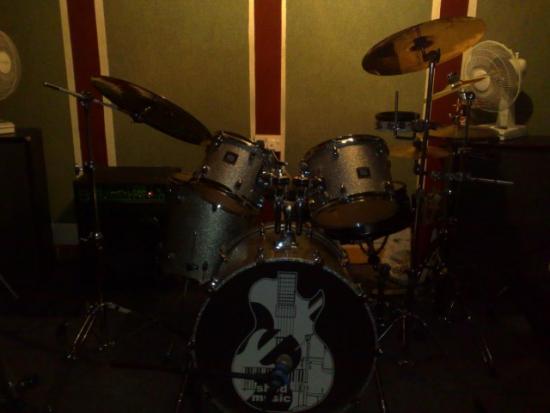Buying the best camera phone isn’t just a case of choosing one with the most megapixels. As any camera buff will tell you, megapixels are only half the story. To help you choose the best camera phone for you, we’ve put together this short buying guide. You’ll learn what makes for a quality camera phone, what features are essential for good pics, and what other extras are available that make camera phones so much more fun than standalone digital cameras!
Plus we answer the question: is the best camera phone really as good as a digital camera?
Find out how you can buy the best camera phone for your needs…
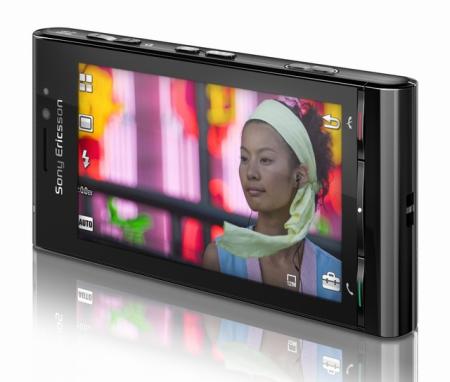
The first thing you need to do when choosing your camera phone is to fix your budget. Once you know how much you can spend, you can work out what camera phones are available to you.
UK readers can check out this list of cameraphones for sale from Mobiles.co.uk.
Now you know what you can afford, you need to whittle the list down by making sure your choices have the following six essential features:
Autofocus makes the camera focus on your subject correctly and can help avoid blurred shots. If you want photos you can actually use, you need autofocus. It doesn’t matter how many megapixels a phone has, without autofocus, your photos will look ghastly.
This might sound obvious, but you’d be surprised how many camera phones don’t have autofocus. Don’t assume – make sure your camera phone does.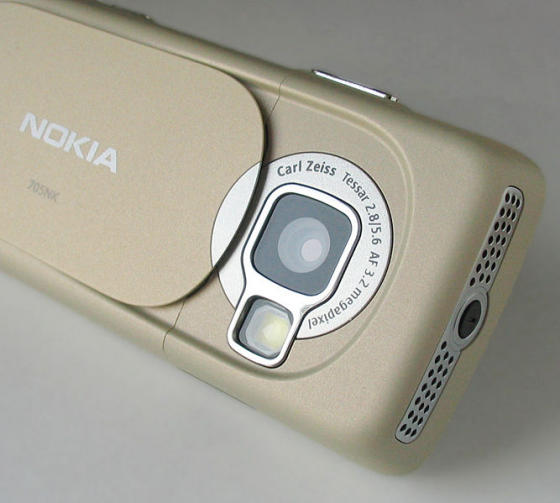
Given that most photos from a camera phone are taken in low light conditions (i.e. pubs and clubs, ready for the ritual Facebook humiliation the next day!), a high quality flash is essential. Standard LED flashes just won’t cut it, as they throw out less light than your camera’s screen!
The best type of flash is Xenon, which produces a much brighter burst of light that helps your camera phone take good pics even in the dark. The downside is that it’s quite heavy on the battery, and it takes time to reset, so the time between shots is increased.
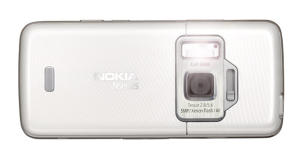
In between lies the Dual LED flash. Twice as bright as normal LED flash, but 1/1000th that of Xenon, it does have the advantage of being able to run continuously, so can be used for video as well as still photos. It’s also cheaper than Xenon, too.
Here’s a summary of the different types of flash:
Xenon
Pros: Brightest by far, produces the best quality low light pics, photos are less blurred
Cons: Expensive, heavy on the battery, no good for video
Dual LED
Single LED Flash
To see the difference yourself, check out these three photos taken by Steve Lichfield of AllAboutSymbian using different flashes:
Photo taken with a Xenon Flash: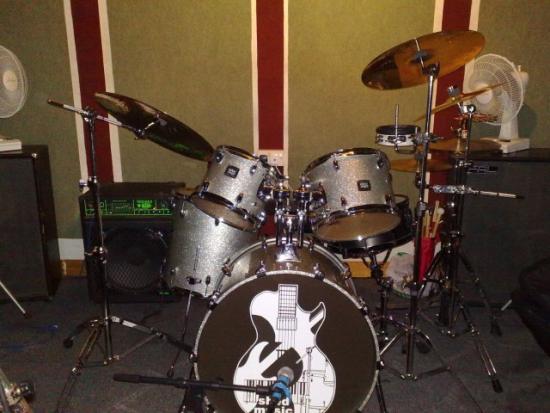
Photo taken with a Dual LED Flash: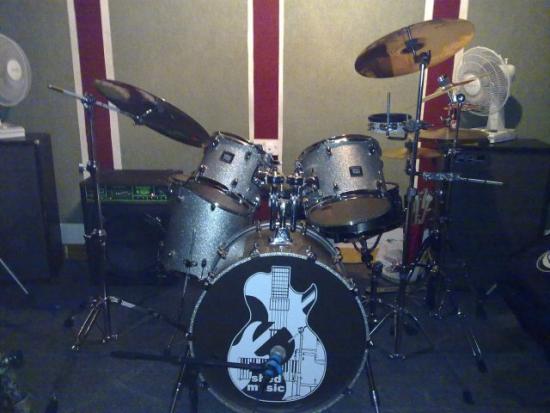
Photo taken with a Single LED Flash: